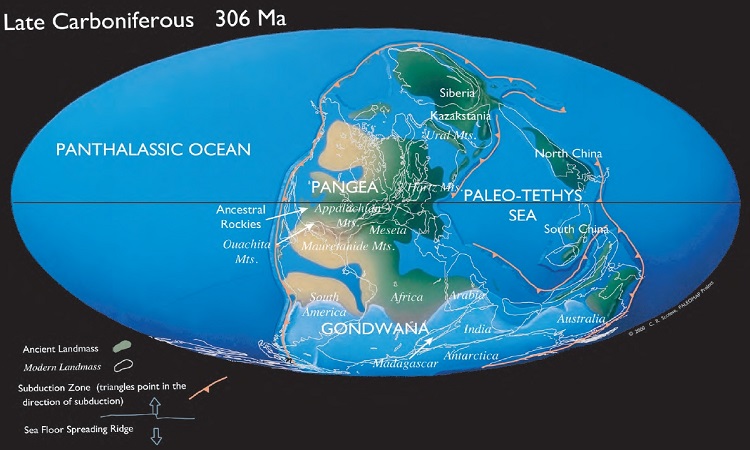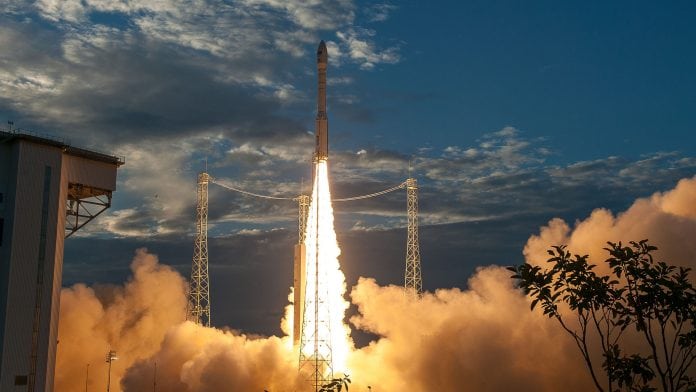Towards the end of the Paleozoic, a period of cold climate was interrupted by an episode of temporary but dazzling warming, accompanied by generalized anoxia of the oceans due to a massive release of carbon dioxide, as evidenced by a study published in the magazine PNAS on May 2.
About 320 to 270 million years ago, the Earth experienced a cold period known as the Permo-Carboniferous Glaciation. A vast ice cap then covered Gondwana, a supercontinent located in the south polar position. However, one should not imagine a climate frozen in the cold. Various fluctuations occurred within this glacial phase itself.
Temperature peak and massive CO2 emission
Around 304 million years ago, one of the fastest warming episodes the Earth has ever experienced punctuates the glaciation. This hyperthermic event, as scientists call them, was studied by Professor Isabel Montañez and her team. They showed that nearly ten trillion tonnes of carbon dioxide (CO2) had been released into the atmosphere during this episode, which led to a sharp rise in the thermometer.
In some 300,000 years, atmospheric CO2 concentration has risen from around 350 ppm (parts per million) to over 700 ppm. “We don’t have a rate of rise, but it was one of the fastest rises in Earth’s history,” reports the researcher. In addition to global warming, this doubling of carbon dioxide concentration has been accompanied by widespread anoxia in the oceans and a significant loss of biodiversity.
Thanks to uranium isotopes contained in rocks formerly located at the bottom of the sea, the researchers estimated that, for a brief time on the geological scale, a quarter of the ocean regions had become dead zones due to the rapid release of uranium. fresh water from melting ice. Indeed, being less dense than seawater, it will remain on the surface and reduce ocean mixing, and therefore the transport of oxygen to the depths.
A warming episode reminiscent of the current climate disturbance
The singularity of this hyperthermic event is that it occurs in a cold climate. As such, the researchers explain that a CO2 peak in a cold climate, with the presence of ice caps, has more impact than a peak occurring in a hot climate. “If you increase the CO2 by the same amount in an oven, there is not much effect. However, glacial climates seem to be much more sensitive to this change and subject to marine anoxia,” says Isabel Montañez.
These results have strong implications with respect to the current climatic disturbance which occurs in a cold context with the presence of two polar caps. However, the release of CO2 304 million years ago was still slower than today. It would be linked to volcanism which, among other things, by disturbing the carbon contained in permafrost and coal reserves, led to its massive release into the atmosphere.




